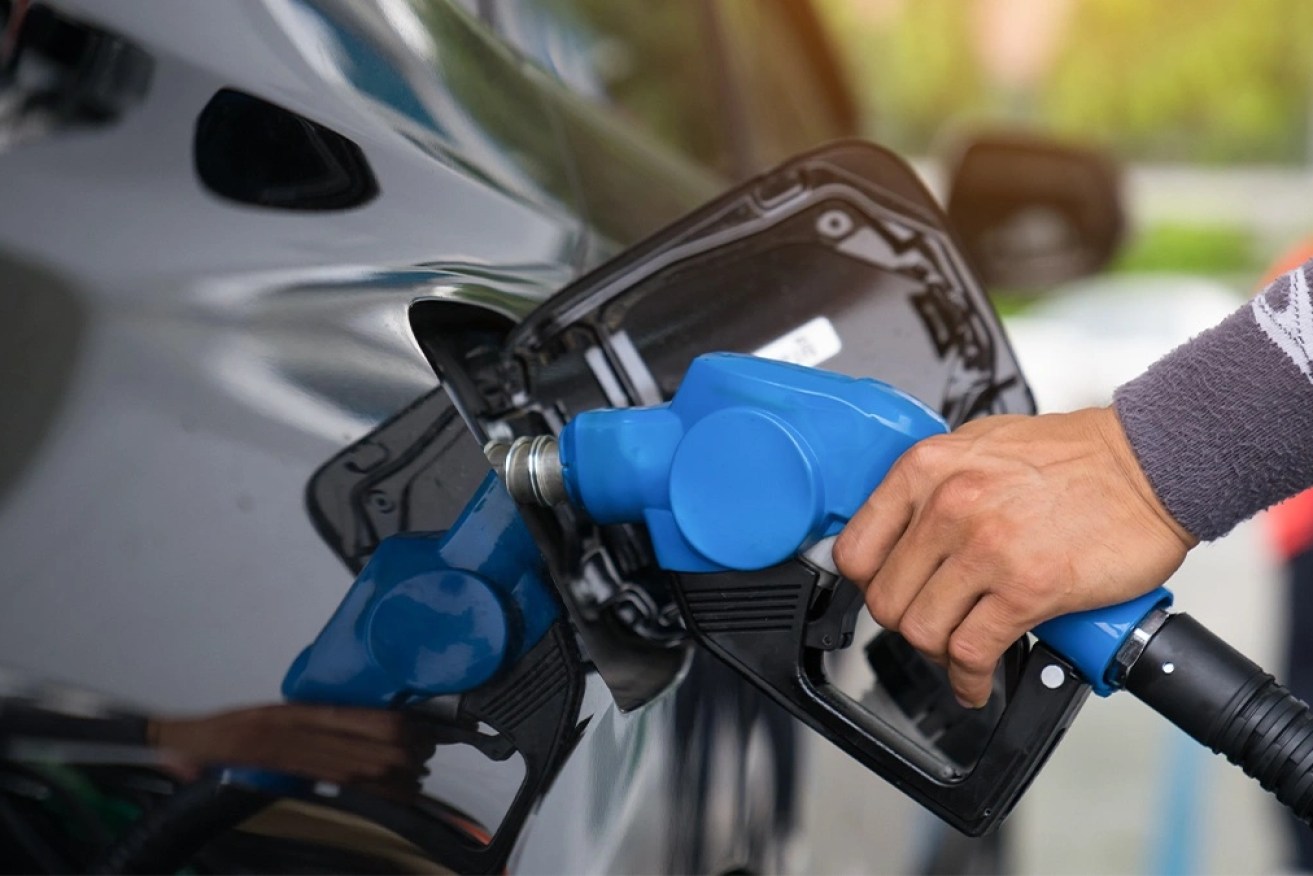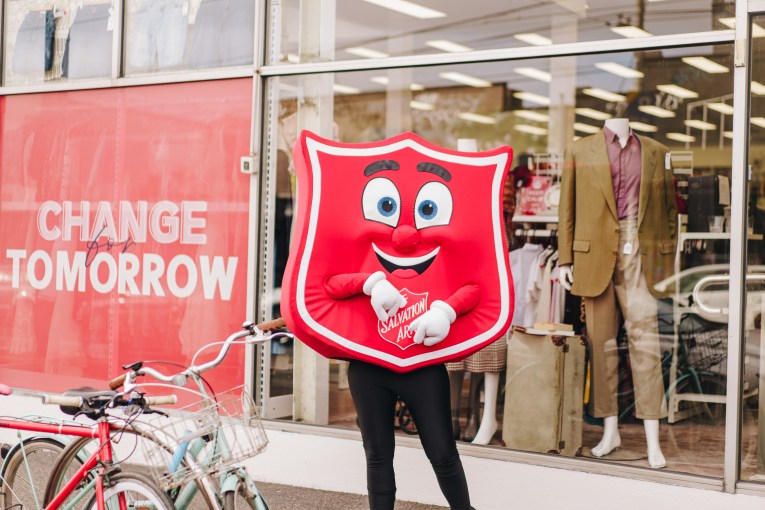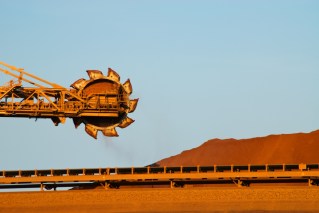East coast motorists face year’s highest petrol prices


Petrol prices have hit fresh highs as a confluence of factors combines to squeeze motorists. Photo: Getty
Motorists face the highest petrol prices of the year as an upswing in east-coast market cycles this week coincides with a rise in global oil prices and a lower Australian dollar.
The national average petrol price rose 3.8 per cent to $2.04 over the past week, according to data published on Monday by the Australian Institute of Petroleum.
Average petrol prices are as high as $2.12 a litre in Melbourne, $2.07 in Sydney and $2.17 in Brisbane, according to website Motormouth.
Bowsers haven’t reached $2 a litre on average in other states – which aren’t plagued by market cycles – but have still trended up across Perth, Adelaide, Darwin, Hobart and Canberra.
Lurion De Mello, a senior lecturer in finance at Macquarie University, said there are two factors underpinning the increases – higher global oil prices and a falling Australian dollar.
These underlying issues have combined with the latest upswing in Australia’s unique east-coast petrol price cycles to deliver such high bowser rates, he said.
“There’s huge demand for oil at the moment,” Dr De Mello said.
“The Aussie dollar has also gone down and it’s kind of remaining at a low band, so the cost of importing [refined petrol] increases.”
Market cycles
Petrol prices across Brisbane, Melbourne and Sydney vary wildy from month to month under market cycles that are unique to Australia’s east coast.
We’re currently at the peak of the cycle, so bowsers are at their highest levels.
But the peak and trough of petrol prices in these cities has been edging higher for a while now as global oil prices have trended upwards over the first half of 2023.
When petrol prices bottomed on the east coast in early July the average price across Australia’s three largest capitals was $1.67 per litre.

Source: Motormouth (click to enlarge).
By the time the market had peaked and fallen back to its next low in early August the average price across those cities was around $1.84 a litre – a 10 per cent increase.
Global oil prices
Dr De Mello said that’s the effects of higher global oil prices, which Australians experience through prices for refined petrol – the vast majority of which is imported from Singapore.
Crude oil prices have been rising erratically since July, with per barrel charges increasing from about USD$68 to more than $USD80 in August.
It has come amid efforts from oil producing nations, most notably the OPEC+ grouping, to curb supply as economic growth slows in Europe, North America and Asia.
It takes about two weeks for changes in global oil prices to be reflected at Australian bowsers, which explains why the impact locally has been increasingly felt over the past few price cycles.
Lower Aussie dollar
But that’s not the only factor influencing the squeeze, with Dr De Mello also pointing to a lower Australian dollar.
Because Australia imports so much of its petrol, the value of our local currency plays a huge role in how expensive it is.
The Australian dollar has tanked against the greenback since January, falling from 72 cents on the USD to just 64 cents – the lowest level since the onset of the pandemic in March 2020.
“That’s great for our exports but at the end of the day if you are importing 90 per cent of your fuel into Australia it will hit pockets,” Dr De Mello said.








